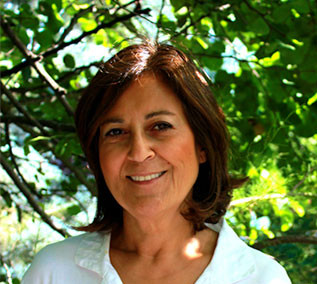By believing oneself to be the master of one’s thoughts, one becomes so. “Before you treat someone, ask if they are willing to give up the things that make them sick,” advised Hippocrates (c. 460-370 BC). Since age-old times, philosophers and medical savants have researched to demystify the creative power of human thought. The maxims “Man is what he thinks” and “I think, therefore I exist” have long been common in universal language. As an ancient sage said : Be careful of your thoughts, for they become your words, words become your actions, your actions become your habits, habits …
Tag: self-mastery
Think for yourself and let others enjoy the privilege of doing so too. – Voltaire Tolerance (tolerantia in latin) is defined as the attitude of someone who accepts in others ways of thinking and living different from their own. It is considered a virtue, a moral obligation which involves respect and consideration for the other person. “ Free from bigotry, allowing different races, religions, practices, and opinions to co-exist, it is a pragmatic formula for the functioning of society, ” writes Hans Oberdiek in Tolerance: Forbearance and Acceptance. A century ago, Einstein (1879-1955), said in foresight : “ Laws alone …
“Possession is nine tenths of the law” used to say my honorable teacher at university. The lore is when the natural instinct to possess is in excess, it incites jealousy and impairs the psyche. Years later, I came across this exceptional book, Overcoming Jealousy, the best one I have read on this intricate emotion. It unfolds the various manifestations of jealousy, and renders it tangibly clear with examples drawn from real life. The sources of jealousy, whom we envy, why it is often hidden, its destructive effects and remedies to fight it off are genuinely portrayed. Jealousy Defined A universal …











Social Profiles